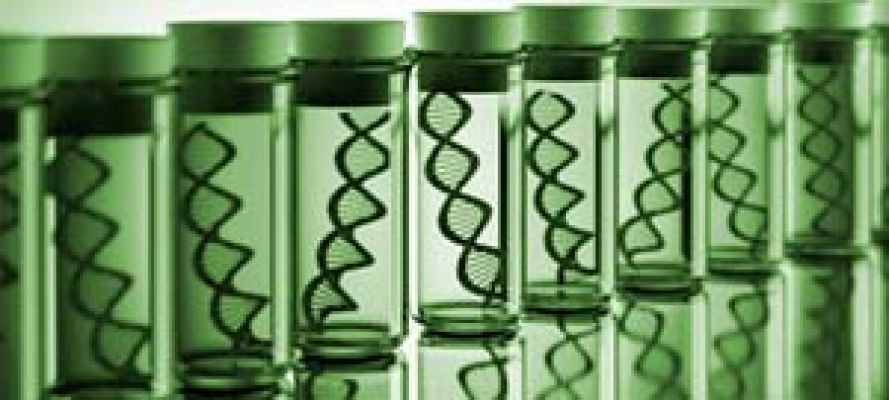
Synthetic biology enables radical changes to the genome of all kinds of living organisms, some of its proponents even want to create artificial life.
In recent years new methods of genetic engineering have been developed that are essentially based on the following technical applications:
- Artificial DNA synthesis – with or without a natural template
- The ability to insert DNA at precise locations almost anywhere in the genome using nucleases or DNA scissors (gene-editing)
- Cell cultures taken from animals, which are then grown, genetically manipulated and used to develop embryos in the laboratory
- Manipulation of gene regulation (epigenetics)
The new methods of “synthetic gene technology” or “gene editing” are very different to anything that has gone before in genetic engineering:
- The structure of the DNA is no longer dependent on pre-existing natural DNA sequences
- it can be computer-designed and then synthesised in the laboratory or put together in different variations
- There is now sometimes no need to transfer DNA since the genome can be modified directly in the cell
- It is not always necessary to change the structure of the DNA in order to change the biological traits of organisms – this can now be done by manipulating gene regulation
- The new methods are making it possible to radically change the genome by, for example, changing the DNA at several target locations or inserting genetic material for which there is no natural template.
In addition, efforts are being made to create completely new life forms – although as yet without success.




